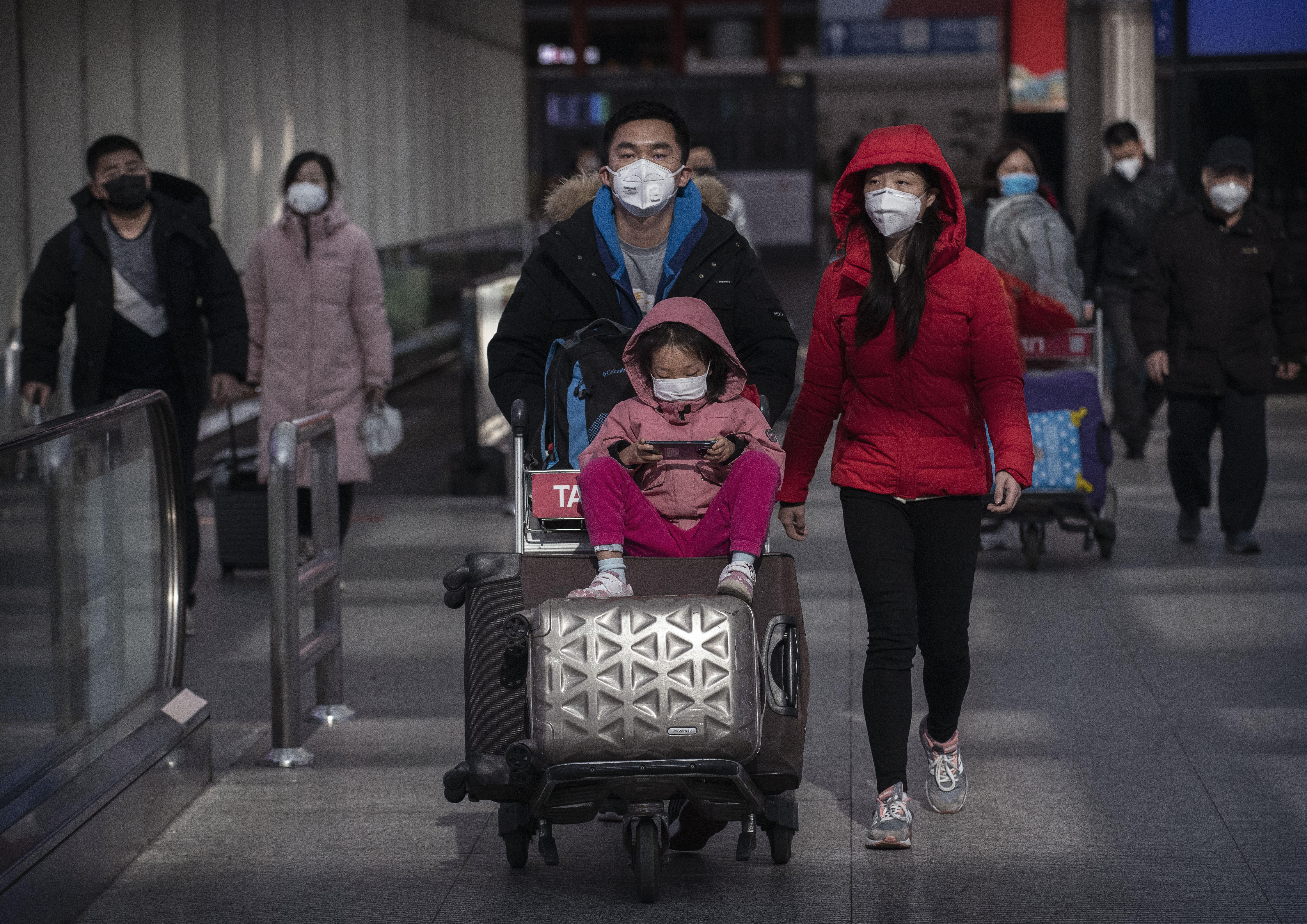
The COVID-19 outbreak has already led to an estimated $4 to $5 billion reduction in gross operating revenues for airlines across the globe, according to ICAO.
In a Feb. 13 report, the organization said that around 70 airlines had canceled all international flights to and from mainland China, with a further 50 curtailing services.
The report came as Lufthansa Group and Scandinavian Airlines (SAS) further extended their planned suspension of flights to China.
SAS has decided to prolong the suspension of flights to/from Shanghai and Beijing until Mar. 29. Hong Kong will be serviced as scheduled, and SAS said it will continue to monitor the situation closely.
Lufthansa Group—Austrian Airlines, Lufthansa and Swiss International Air Lines—has extended the suspension of its Beijing and Shanghai services to Mar. 28, almost a month later than the previous Feb. 29 date. Flight suspensions to Nanjing, Shenyang and Qingdao will continue in place until the same date. Flight operations to/from Hong Kong will be reduced in March.
In the U.S., citing a reduction in demand, American Airlines is suspending its flights from Dallas-Fort Worth (DFW) and Los Angeles (LAX) to mainland China through Apr. 24. Additionally, American’s flights to Hong Kong from DFW are suspended through Apr. 23. American’s LAX flights to Hong Kong are suspended through Apr. 24. United Airlines has also extended its suspension of flights between its U.S. hubs to Beijing, Chengdu, Hong Kong and Shanghai through Apr. 24.
ICAO’s preliminary forecasts relating to the expected economic impacts from COVID-19 travel bans on international air connectivity include an 80% reduction of foreign airline capacity for travelers flying directly to/from China, and a 40% capacity reduction by Chinese airlines.
Prior to the outbreak, airlines had planned to increase capacity by 9% on international routes to/from China for the first quarter (Q1) of 2020 compared to 2019.
ICAO’s preliminary estimates now indicate that Q1 2020 has instead seen an overall reduction ranging from 39% to 41% of passenger capacity, or a reduction of 16.4 to 19.6 million passengers compared to what airlines had projected.
The organization said these estimates do not include potential impacts because of reductions in international air freight movements on cargo-only aircraft, airports, air navigation service providers, to Chinese domestic air traffic, or to international traffic with respect to Hong Kong, Macau or Taiwan.
The impact of the reduction of outbound Chinese tourists alone could see Japan losing $1.29 billion in tourism revenue in the first quarter of the year, followed by Thailand with $1.15 billion.
The agency also noted that the impact from COVID-19 is expected to be greater than those caused by the 2003 SARS epidemic, because of the higher volume and greater global extent of flight cancellations. Particularly notable is the fact that China’s international air traffic has doubled, and its domestic traffic increased fivefold since 2003.
ICAO stressed that its figures and forecasts are preliminary estimates.





